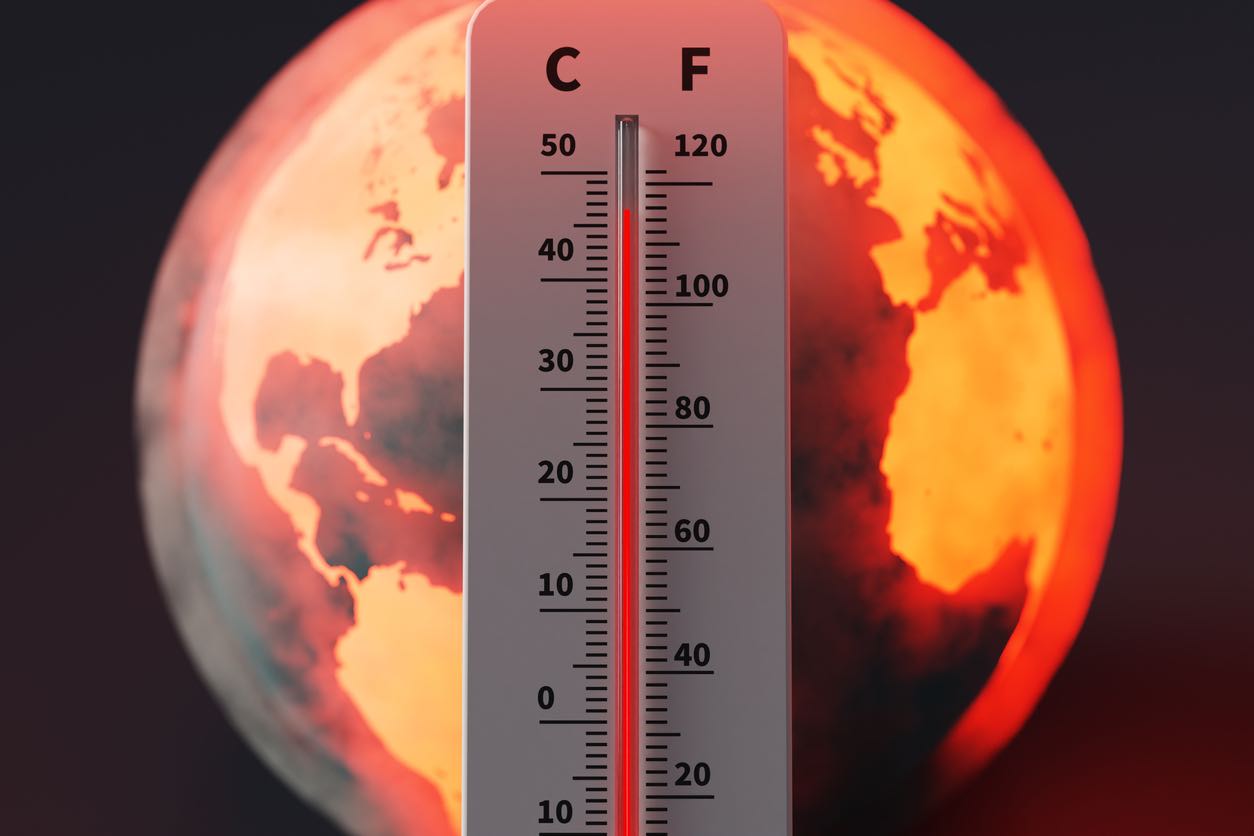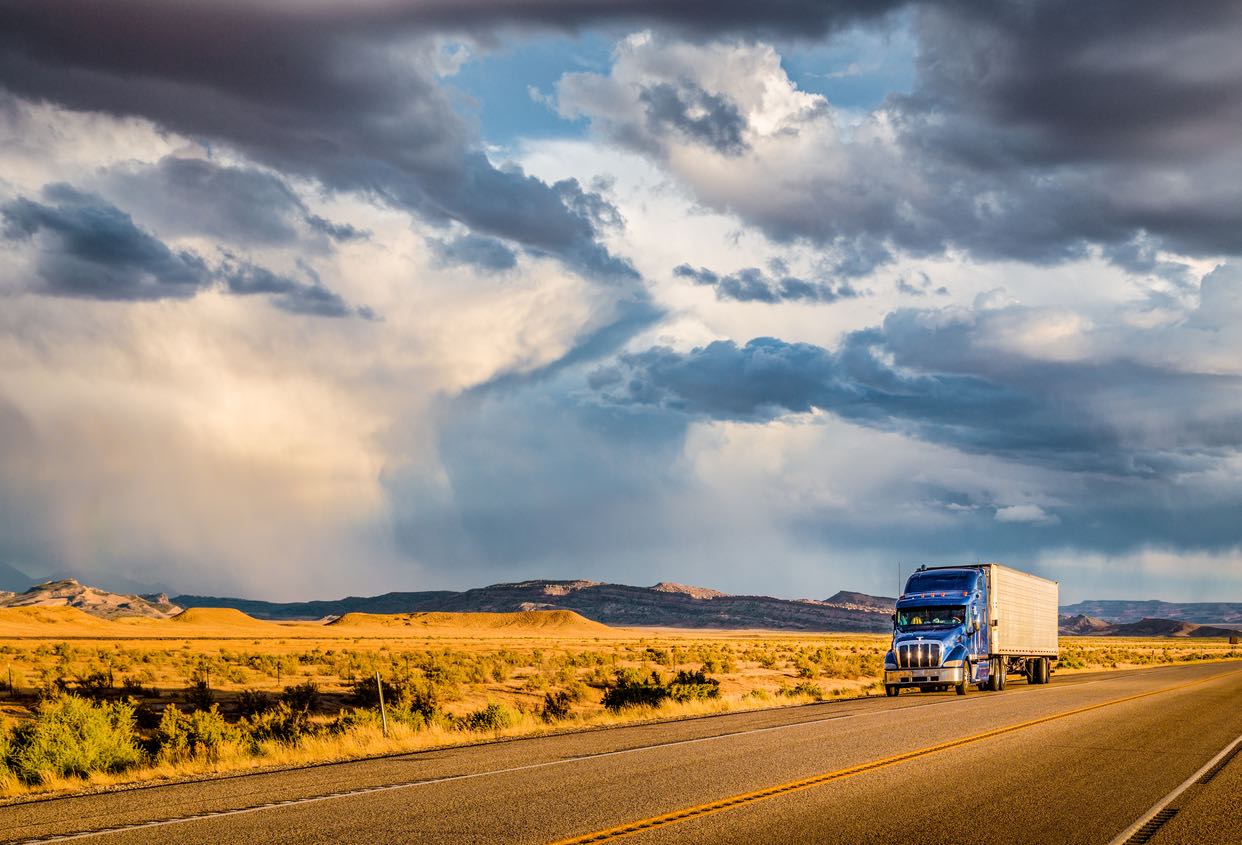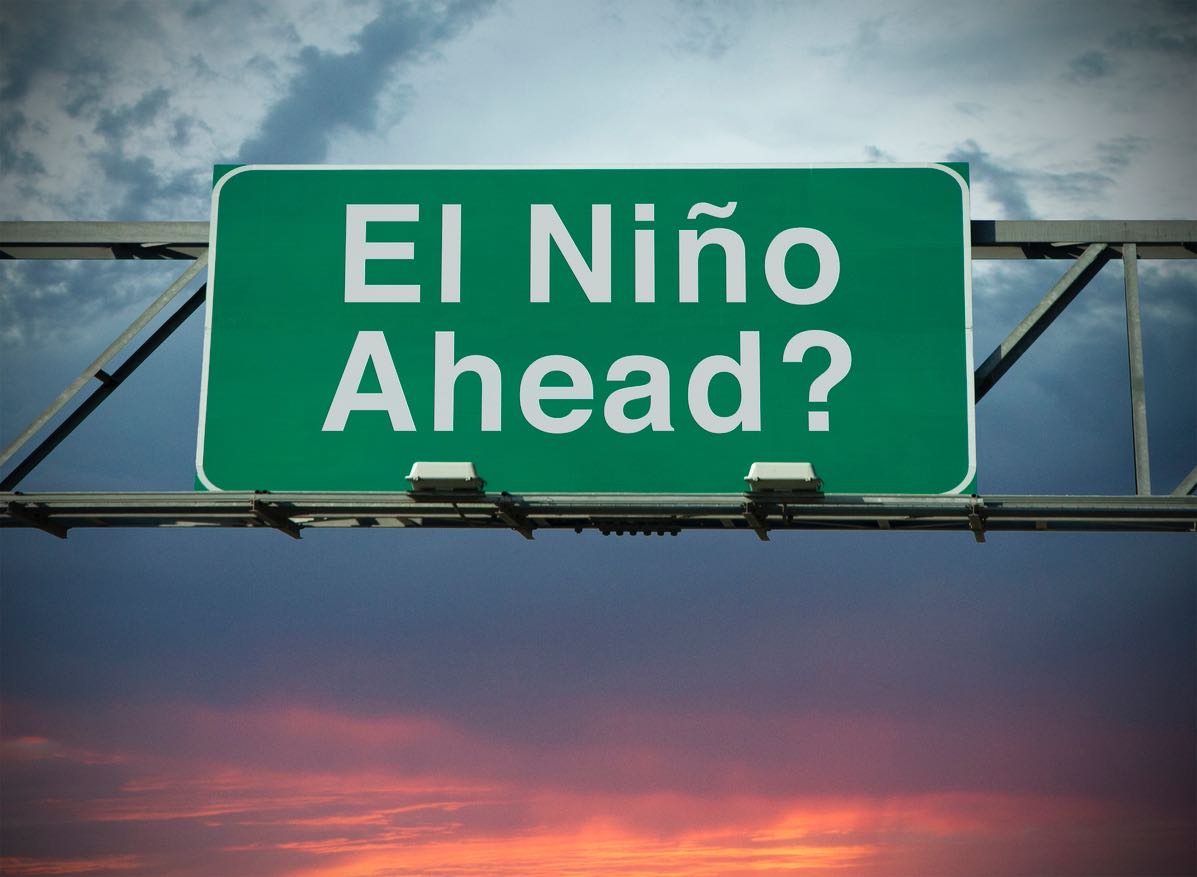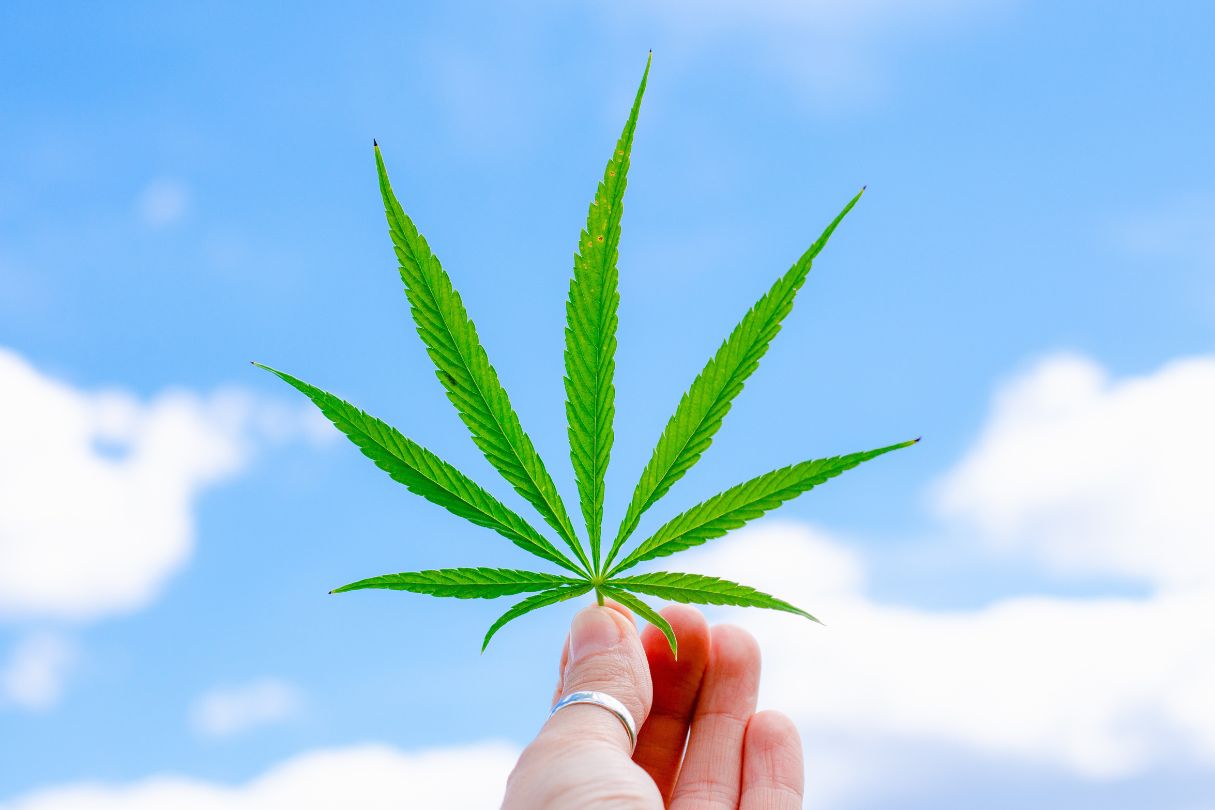The delicate relationship between global weather patterns and trade is receiving more attention in an era where the repercussions of climate change are becoming more apparent. Major maritime routes throughout the world, which are vital to international trade, are not exempt from the vagaries of nature. The focus is focused on one specific climatic phenomenon: El Nino, since these vital channels confront unprecedented difficulties. The exceptional warming of surface waters in the Pacific Ocean, a characteristic of this naturally occurring trend, has the potential to disrupt the main channels of international trade.
The Panama Canal, a technical wonder and example of human resourcefulness, serves as a metaphor for the difficulties that lie ahead. This important canal, which connects the Atlantic and Pacific oceans, is struggling with the consequences of drought that have been exacerbated by El Nino. The worldwide repercussions become apparent as ships line up to wait their turn to pass through this important route. Not only do delays in the canal harm the ships and their cargo, but they also have an impact on businesses and customers throughout the world by disrupting supply networks.
However, the Panama Canal is not where the narrative ends. This thorough investigation indicates that other significant maritime routes are also under stress. The storyline is the same everywhere: the globe must adjust to a changing environment, from the busy commercial routes of Europe to the insurance boardrooms calculating risks. The whole community observes, learns, and gets ready for the next moves in this complicated ballet as El Nio takes the lead in the dance between climate and business.
 The Climate’s Toll on Shipping Routes
The Climate’s Toll on Shipping Routes
- Understanding El Niño: El Nino, which translates as “the little boy” in Spanish, is a term used to describe the exceptional warming of surface waters in the tropical central and eastern Pacific Ocean. On average, this climatic pattern appears every two to seven years.
- Global Impact: El Nino’s impacts peak in December, but over time, they have an international impact. The crucial year when global temperatures reach the key 1.5 degrees Celsius threshold, according to forecasters, may be 2024.
- Drought’s Consequences: Panama, which is suffering from drought, has forced to reduce the number of ships using the vital Panama Canal.
- Shipping Delays: Due to these restrictions, a backlog of ships anxious to travel via the canal—a preferred route due to its effectiveness in connecting the Atlantic and Pacific oceans—has developed.
- Historical Precedence: The Panama Canal Authority has emphasized the unprecedented difficulties they are facing and the fact that this year’s drought is particularly severe.

- Maritime Chokepoints: Although there are several marine chokepoints, principal analyst Peter Sands notes that only large interruptions, such as the 2021 Suez Canal blockade, highlight the weakness of the global “just-in-time” delivery paradigm.
- The Ever Given Incident: The Ever Given, one of the biggest cargo ships in the world, grounded in March 2021 served as a stark reminder of the possibility for severe delays in international commerce lines.
- Increasing Threats: Analysts warn that the climate issue may make incidents like the Ever Given incident more frequent, with significant ramifications for supply networks, food security, and local economy.
- El Niño’s Amplified Impact: According to Sands, the present problems might be a sign of more severe droughts, aggravated by El Nino, in 2024.

- Maersk’s Perspective: Despite being largely unaffected by the Panama Canal delays, the Danish shipping giant Maersk admits that the growing climate dangers to important trade routes cannot be denied.
- Operational Adjustments: Due to the drought, Maersk had to restrict the amount of cargo carried on certain vessels by almost 2,000 containers. Ships have been forced to either lower their cargo or transport fewer commodities as a result of the present Panama Canal limitations.
- The Rhine River’s Plight: A major commercial route in Europe, the Rhine River, is also dealing with declining water levels, which has an impact on shipping prices and operating difficulties.
- Insurance Insights: International insurance broker Marsh underlines the need of comprehending the vulnerabilities of marine chokepoints, particularly in view of the increasing frequency of disruptive weather events caused by climate change.

The rhythms of nature and the tempo of international trade are entwined in a complex ballet as the globe stands at a critical juncture. The relationship between global commerce lanes, such as major shipping lanes, and climatic patterns, particularly phenomena like El Nino, is growing more and more intricate. This connection not only demonstrates the significant effects of climate change on our daily lives, but it also makes a strong case for quick action. Climate change is a real issue that requires our immediate attention; it is no longer a topic for future generations.
The shipping sector is at the forefront of this dilemma as the shadows of water shortages grow longer and extreme weather events appear more frequently on our global stage. Not only must deliveries be made on time and logistical snags be avoided, but the whole structure of international trade must be rethought in light of shifting environmental conditions. The sector must not only change to meet these new difficulties, but also take the initiative in innovation. The maritime industry can guarantee the ongoing flow of products and services, protecting the lifeblood of the global economy, by developing sustainable practices, making investments in robust infrastructure, and promoting a culture of proactive responsiveness to climate problems.
Q1: How does El Niño affect global shipping routes? Extreme weather can be made worse by El Nino, which is defined by the exceptional warming of the Pacific Ocean’s waters. This may result in water shortages in important maritime lanes, which might delay shipments and complicate operations.
Q2: Why is the Panama Canal significant in the context of global trade? A vital canal that drastically cuts the amount of time it takes to travel between the Atlantic and Pacific seas is the Panama Canal. Any interruption to its operations might have a significant impact on supply networks and international trade.




